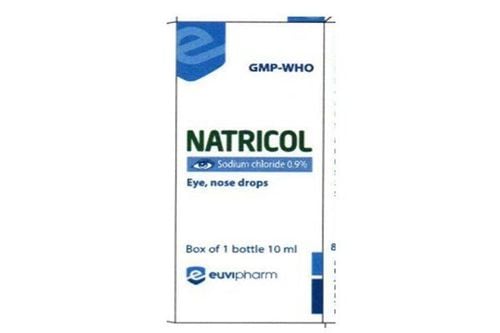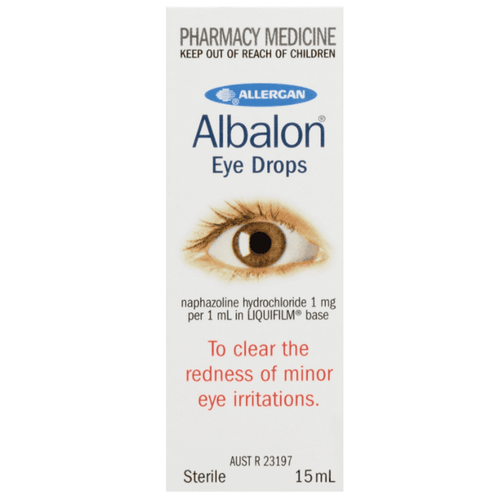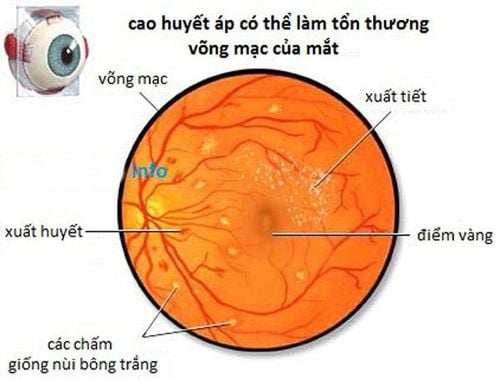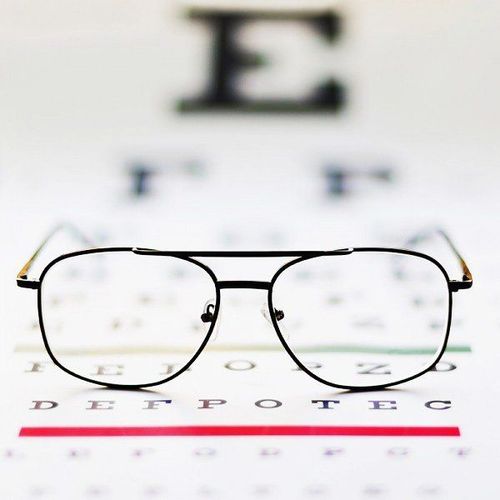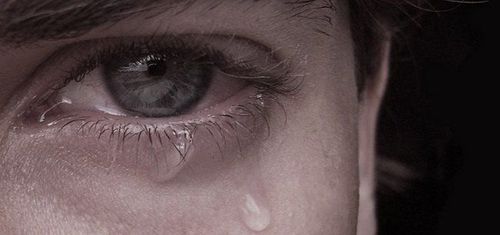This is an automatically translated article.
Some sports actually require goggles, but even for those that don't, we need to know when and how we should protect our eyes while playing sports.
1. Measures to protect eyes when playing sports
When playing sports, we often take precautions to protect our hands, feet, fingers, ... from unnecessary injuries. Eye protection may not look good when you are on the basketball court or baseball or especially football, but it will be very helpful in protecting the eyes of those participating in those sports. . If you love a sport, especially sports with high resistance, you must have thought about wearing a helmet to protect your head, or using cushions and braces for bones and joints that are easy to lose. hurt. If using those methods to prevent traumatic brain injury, fractures, bruises and chipped teeth, why not take the same steps to protect your eyes and reduce the risk of corneal damage? corneal tear / detachment ) or broken eye socket floor ?
Fractures and bruises will heal, but a serious eye injury can cost you part or even all of your vision for life. No matter what sport you play, your eyes are at risk of being affected by the balls, other tools in the game and even other players' body parts like fingers, elbows and feet are the most common ones.
Children should always use eye protection, especially if they have not yet developed good skills or have not developed good physical coordination. Here are sports-appropriate eye protection for kids:
Baseball: Choose a sturdy plastic or polycarbonate face shield, along with goggles or eye protection; Basketball: Goggles; Football: Eye protection for football; Rugby: Wear eye protection and face protection for rugby; Hockey: Mask made of polycarbonate or wire material; Tennis or handball: Goggles. Regular sunglasses and sometimes even goggles don't provide all the protection you need during sports. That's why it's important to look for products that are specifically designed for specific sports. And try these tips:
Buy eye protection at the sports or optical store and ask someone familiar with your vision and the sport that is right for you; Make sure the lens is secure. If one is pointed inward, it can damage your eyes; Look for padding along your eyebrows and the edge of your nose so they don't cut or scratch your face.

Trẻ em nên luôn sử dụng thiết bị bảo vệ mắt, đặc biệt nếu chúng chưa có kỹ năng tốt hoặc chưa phát triển khả năng phối hợp thể chất tốt
2. Eye protection when playing sports
Not so long ago, athletes rarely wore eyewear specifically designed to protect their eyes while playing sports, and sports-related eye injuries have thus become increasingly common. Today, sports eyewear can be used on almost anyone who participates in ball, racket or club sports - whether they play in the big leagues or just the movement leagues. . Fortunately, coaches, parents, and players have now realized that wearing protective eyewear while playing sports can provide many benefits for them.
The risk of eye damage is reduced with the player's performance enhanced by the ability to see better. In fact, many sports clubs today do not allow their members to participate without proper eye protection. Initially, some children objected because "they look funny" wearing protective glasses. Today, however, sports goggles are an accepted part of everyday life, just as bicycle helmets have become the norm. In addition, now along with the development of sports glasses, manufacturers often change product models as well as turn them into fashionable glasses that make wearing these glasses become more popular. common.
According to US reports, hospital emergency rooms in this country treat more than 40,000 sports-related eye injuries each year. Even non-competitive sports such as badminton can pose dangers to the eyes. Any sport involving a ball, racket, or flying object has the potential to cause eye injury. Sports like handball, tennis, and badminton seem relatively harmless, but the balls in these sports can travel at 60 miles per hour or faster. Particularly in the game of handball, a racquetball can travel at 60 to 200 miles per hour.
Another potential danger is that the racquets themselves move at high speed in a confined space and can attack players directly. Flying objects are not the only danger. Many eye injuries come from finger and elbow pokes and stabs, especially in games where players are in close contact. Basketball, for example, has a very high rate of eye injuries. So is swimming, where no flying objects are involved. These are great reasons to wear protective eyewear.
Performance enhancement is another important aspect of eye protection. People with mild to moderate eye conditions often only participate in sports without eyeglasses or contact lenses. Coaches and players soon realized that clear, sharp vision is an important factor in athletic performance and that participation in sports with less than 20/20 vision significantly affects their performance. competition program.
Eyeglasses, sunglasses and even work goggles often do not provide adequate protection for playing sports. Sports glasses are made in many shapes and sizes. Many are designed for racquet sports as well as available for basketball and football. Some are even designed to fit helmets used in American football, hockey and baseball.
Sports goggles should be allowed to be used with a helmet when the sport requires it. Lenses in sports eyewear are usually made of polycarbonate. Since polycarbonate is an impact resistant lens material, it works well to protect the eyes from fast moving objects. Polycarbonate also has built-in UV protection - a very useful feature for outdoor sports. However, untreated polycarbonate lenses can be easily scratched. For this reason, virtually all polycarbonate lenses for eyeglasses and sports eyewear include a scratch-resistant coating on both the front and rear surfaces for added durability.
Polycarbonate is the material of choice for sports lenses, but frames also play an important role. Furthermore, different sports require different types of frames, which has led to the development of sport-specific frames. Most sports frames can fit all lenses. Sports frames are made of high impact resistant plastic or polycarbonate and most come with rubber padding to cushion the frame where it comes into contact with the head or nose area to prevent injury to the athlete. Some glasses have a sporty look with contours and a slight hug around the face. This type of goggles works well for cycling, skateboarding and boating. Contact lens wearers especially benefit from this type of glasses as it helps to keep out wind and dust.
It was eventually realized that the high speed of the ball in handball had compressed the ball enough to cause serious eye damage. Therefore, experts do not recommend using handball glasses without lenses. Paintball players are also at risk of serious eye injury if they don't wear adequate face protection. A study published in the American Journal of Ophthalmology found that of 36 people with eye injuries from high-velocity paint splashes, the most common finding was bleeding inside the eye (hyphema), which occurred in 81%. number of people with eye injuries. A total of 9 cases (25%) required urgent surgery to repair the ruptured eyeball. In the end, 29 eyes (81%) required surgical intervention, with 19% of eyes having retinal detachment and 22% of cases requiring nuclei removal. Final visual acuity was only 20/40 or better in 36% of injured eyes and in 18 eyes (50%) with permanent vision loss, more than 20/200. The study authors say that 97 percent of eyeball injuries could be prevented by using the right protective eyewear.
Sports glasses must fit the wearer properly. This is especially important for children. Never let a child play hockey without a helmet. Hockey rackets are dense and hard, and when a person is hit in the eye at high speed, it can cause vision loss and even complete blindness. But if the frames are too large and do not fit properly, the amount of protection they provide is compromised, increasing the risk of eye injury. That is an unnecessary risk. At the same time, allowing a young player to continue wearing the goggles he has worn too far can pose the same danger. First, the frames will be uncomfortable. Second, frames on the helmet can interfere with peripheral vision, leading to poor performance and the risk of being hit by a ball or other invisible object from one side or the other. Review the fit of your child's sports glasses each year to make sure they are still properly protected. Make sure the padding inside the edges of the goggles is horizontal with the face and eyes centered both horizontally and vertically in the lens area.
In sports, collision is inevitable, especially in high-contact sports. Athletes or players can experience some serious injuries involving muscles, bones, joints and especially the eyes. Therefore, it is very important to protect your eyes while playing sports. Currently, sports glasses that protect the eyes are increasingly diverse, trendy and suitable for specific sports. So, if you are a lover of a certain sport, do not hesitate to choose a pair of glasses to protect your eyes during the game.
Please dial HOTLINE for more information or register for an appointment HERE. Download MyVinmec app to make appointments faster and to manage your bookings easily.
References: webmd.com, allaboutvision.com



